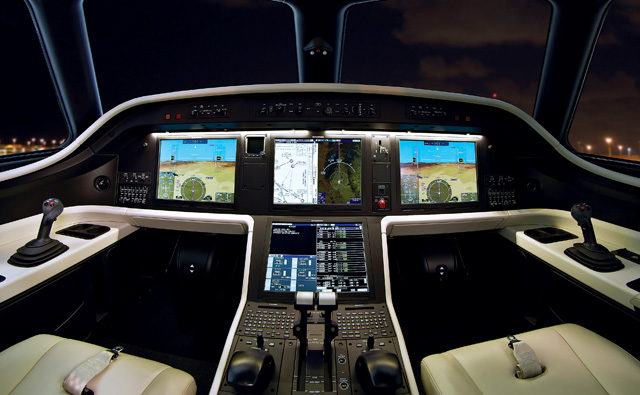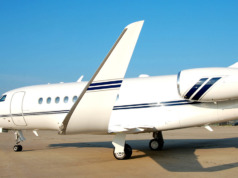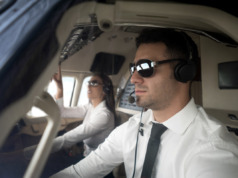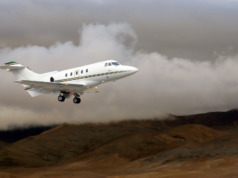
While innovation often is promoted as a competitive advantage, it’s the benefit to you, the customer, that determines its real value.
Early adapters using the first cell phone some 40+ years ago held in their hand a machine the size of a shoe box, with 20 minutes of battery time. Your smart phone today is millions of times more powerful than NASA’s total computing power in 1969.
That same year, a promising computer-assisted flight control system, Fly-by-Wire (FBW), first used at the dawn of the jet age in the late 1940s, was used to assist in one of the most pivotal moments in aeronautic history: the Apollo moon landing.
Modern digital FBW systems were born in the early 1970s, when NASA engineers recognized that by combining sensors and digital computers with navigational data and using wires – rather than mechanical links – to operate aircraft control surfaces (rudder, ailerons, flaps), they could improve aircraft performance and operational safety. FBW provides continuous monitoring and adjustments of those surfaces, to help ensure a smooth and efficient flight. It is designed to supplement, not replace, the pilot’s primary control of the aircraft.
FBW technology helped to create the world’s only reusable spacecraft and its first supersonic passenger jet, and was pivotal in the introduction of stealth technology to military aircraft.
Now, some 40 years after those NASA tests, FBW is the primary flight control system on almost every commercial jet sold today, and is the preferred technology on the world’s largest, most expensive business jets. And, for the past three years, it has become available to the midsize and mid-light aircraft buyer.
How Does Fly-by-Wire Work?
FBW uses an electronic interface in place of conventional mechanical flight controls. The technology converts the pilot’s movements of the flight controls into electronic signals, which then are transmitted to the flight control computers. In turn, they send commands to the actuators (the mechanisms that actually move the control surfaces) to make the aircraft respond to the pilot’s commands.
Hydro-mechanical controls, currently found on most in-production aircraft, use mechanical and hydraulic linkages to control an aircraft’s actuators. Both of these control systems interpret a pilot’s actions, with hydraulic systems using distance, and FBW using force, to determine the action required.
Just like the use of hydraulic systems, FBW augments the pilot’s command of an aircraft’s control systems. Without such control aids, a pilot would have to rely on his or her own strength to move a cable attached to each primary system, a feat that becomes nearly impossible with the size and speed capabilities of many modern aircraft.
Safety and Design Advantages
The many safety advantages of FBW include:
- Its ability to anticipate, interpret, and react to critical situations in milliseconds, enabling the pilot to quickly and effectively respond to safety-of-flight challenges.
- At least one computer in reserve to cover any potential malfunction in the main flight control computer, providing a greater level of reliability than in a purely mechanical or hydro-mechanical aircraft.
- Constant monitoring of sensor readings and pilot inputs, and an ability to simultaneously perform multiple tasks offers improved control and reduces pilot workload, helping to ensure a more comfortable flight for crew and passengers.
Design advantages include:
- Greatly reduced mechanical complexity, as control cables are not routed through pulleys and cranks to the control surfaces on the wing or tail.
- Improved aerodynamics, and the ability to use smaller, more fuel efficient, and environmentally friendly engines.
- Much more cost effective to operate, due to weight reduction and reduced maintenance requirements as compared to mechanical linkages.
While it took almost 40 years for Fly-by-Wire to reach business aviation, it is likely that your next new aircraft will feature this innovative technology, for improved safety and operational control. BAA
Business Aviation Advisor's content is presented by experts in all aspects of aircraft management: professionals knowledgeable in operations, legal and regulatory issues, insurance, aircraft finance, human resources, aviation real estate, charter and charter brokers, safety management providers and auditors, and third-party as well as owner aircraft management. These authorities provide Business Aviation Advisor readers with the most current and pertinent information they need to make the most effective and informed decisions about their business aviation investments.




